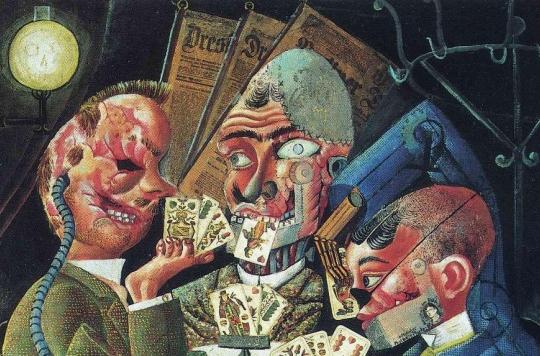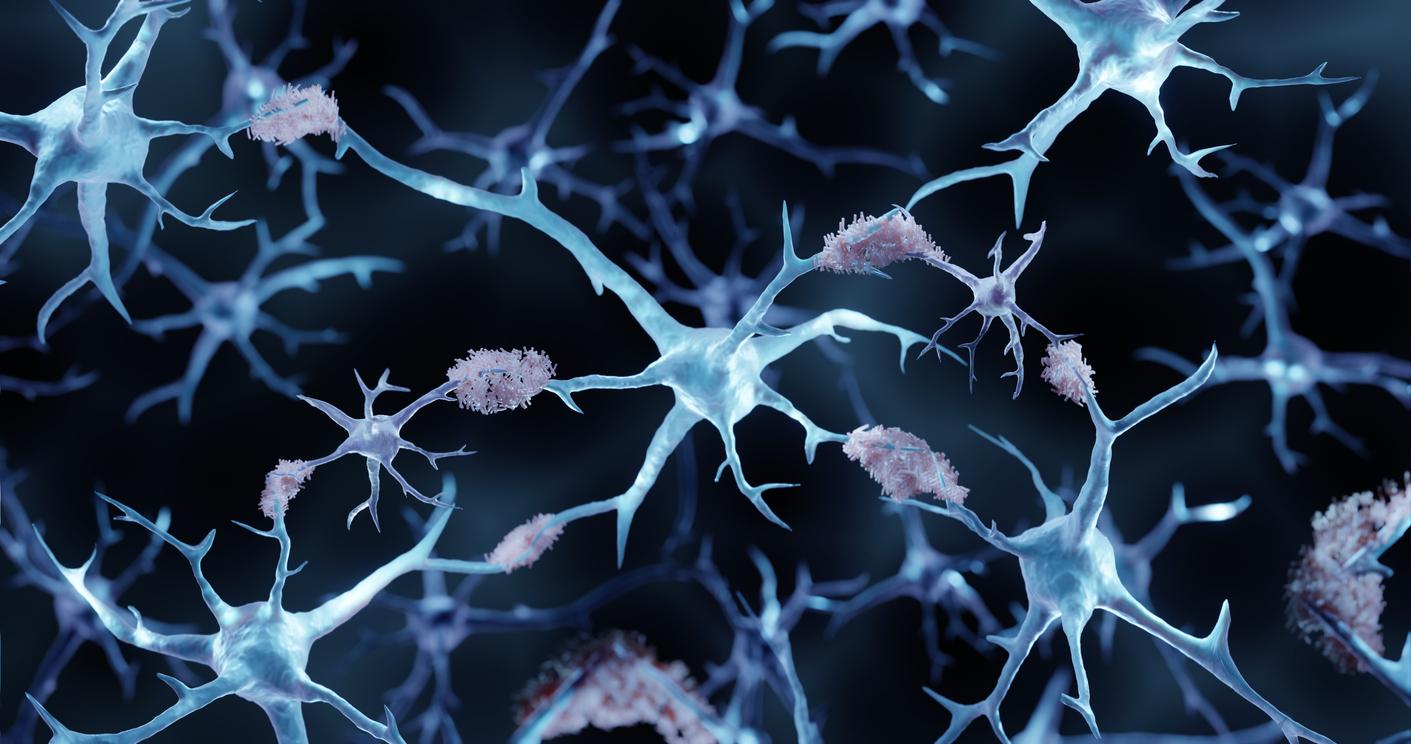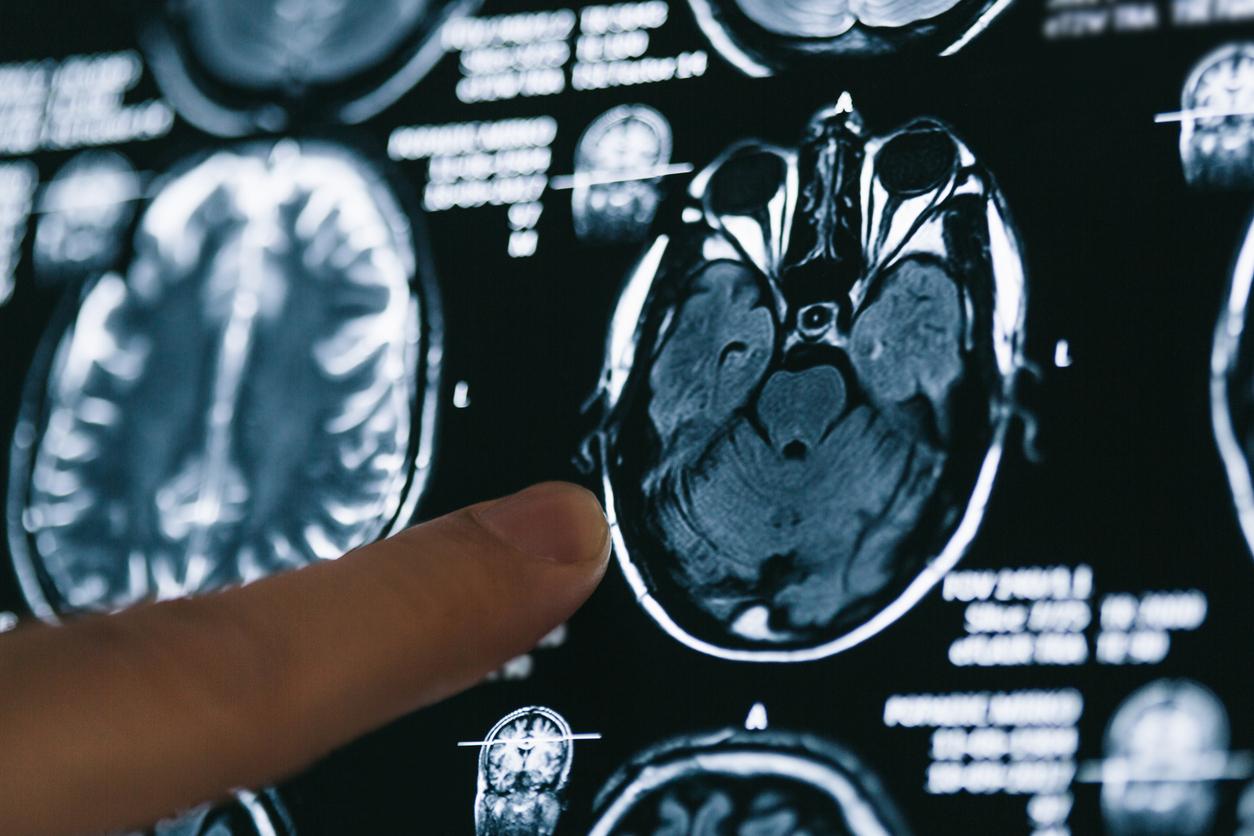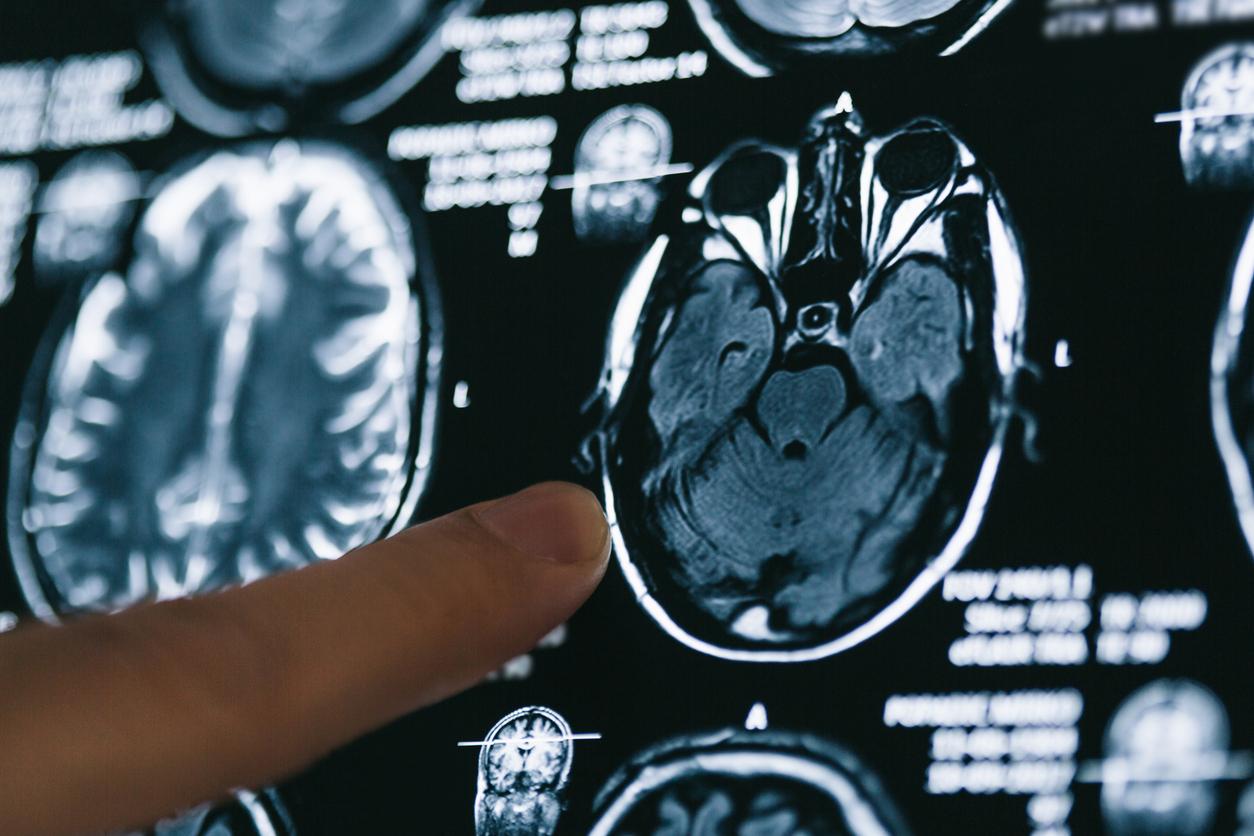For the first time, researchers have succeeded in synthesizing the human prion, responsible for Creutzfeldt-Jakob disease.

Prions are funny birds. Unlike other infectious agents, bacteria or viruses, they are simple proteins, devoid of genetic material. However, they find a way to spread and cause incurable neurodegenerative diseases such as Creutzfeldt-Jakob disease, still very poorly understood by scientists.
An important step has just been taken in research on the subject. For the first time, a human prion has been synthesized in the laboratory, thanks to the work of a team from the University of Case Western Reserve (Ohio), recently published in Nature Communications. The prions produced in this way have been shown to be pathogenic in mice, so that the community now has an effective model to try to unravel the mysteries of the prion.
An important step forward
“This is a decisive turning point,” said Professor Jiri Safar, neuropathologist at CWR and senior author of the study, in a commentary. university press release. “Until now, our understanding of prions in the brain has been very limited. Generating synthetic human prions in a test tube will give us a much better understanding of prion structure and their replication.”
To achieve their ends, researchers have modified a bacterium E. coli (the bench star) in order to integrate the gene encoding the human prion. But for the prion to have real pathogenic power, it was also necessary to add another gene, encoding a cofactor (Ganglioside GM1), the role of which seems essential. A potential target for future treatments capable of inhibiting prion replication.
About a hundred cases per year
The mysterious nature of prions is largely due to their mode of replication. The prion protein is present in the brains of all mammals in a harmless form (PrPVS, for “cellular prion proteinIn its pathogenic form, the prion protein spreads step by step and eventually accumulates, forming toxic plaques on the surface of neurons. Slow but incurable degeneration ensues, ultimately lethal.
The role of prions in Creutzfeldt-Jakob disease is established, although the causal mechanism is still poorly understood. Rare, the disease continues to appear sporadically, without us knowing how, with a hundred cases per year counted in France. Some researchers even believe that Alzheimer’s and Parkinson’s are prion diseases, due to possible transmission via contaminated surgical instruments. Suffice to say that researchers have their work cut out for them.

.















